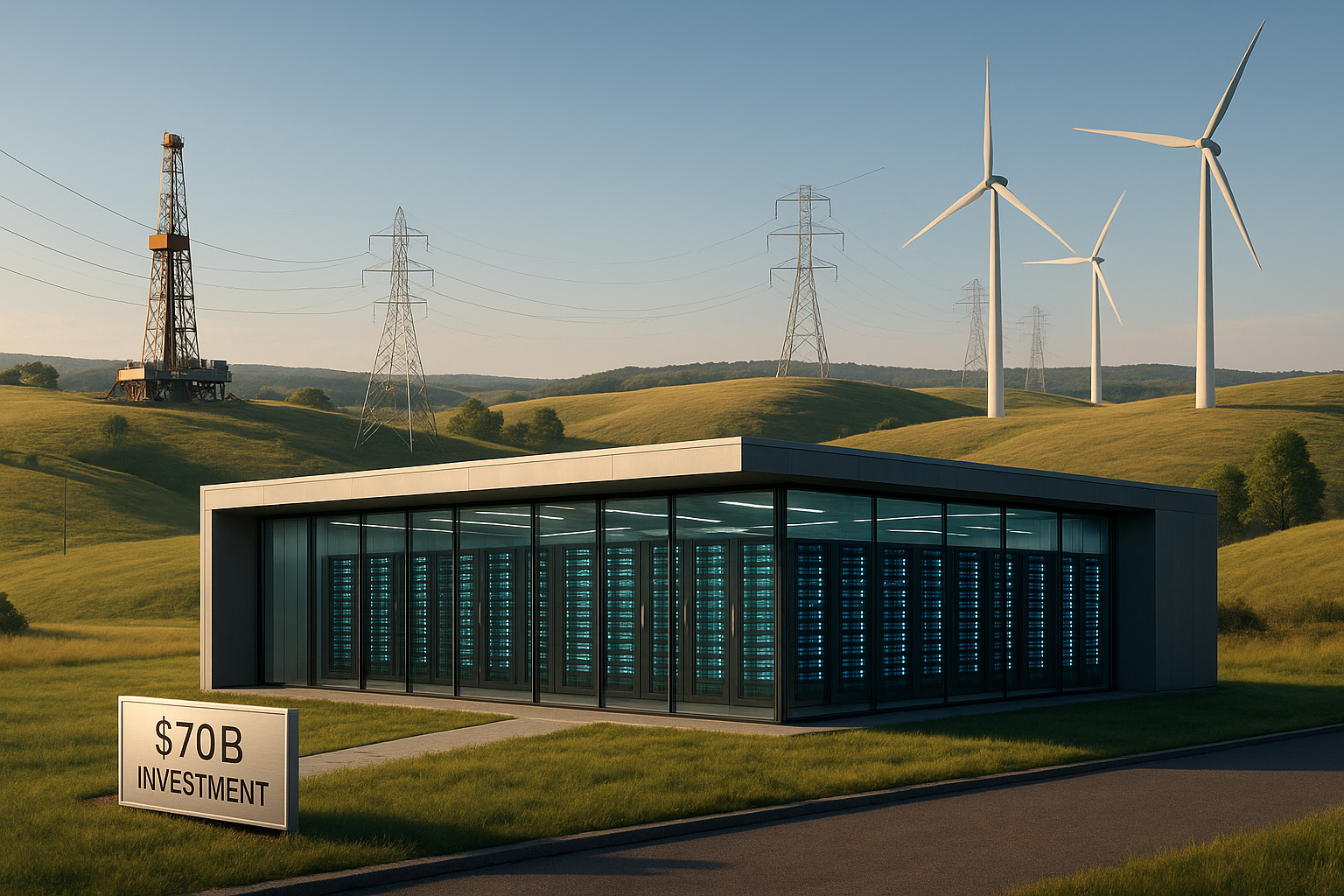President Trump has unveiled a $70 billion investment package for artificial intelligence and energy infrastructure in Pennsylvania—a move that's about as subtle as a foghorn at a library. The timing? Just months before an election where Pennsylvania's 19 electoral votes could make or break his White House comeback.
Look, I've covered enough campaign-season spending announcements to recognize the political choreography. But dismissing this as mere vote-buying misses something important.
The proposed package—a sprawling mix of data centers, power generation projects, grid upgrades, and AI training programs—sits at a fascinating intersection where energy policy and cutting-edge technology collide. And Pennsylvania, with its industrial backbone and energy production history, might actually make sense for this convergence (politics aside).
Here's the thing about modern AI: it's an electricity glutton. These massive language models and image generators? They devour power like nothing we've seen before. The computational requirements make traditional data centers look like pocket calculators.
Pennsylvania brings something unique to this equation. From its early oil boom to coal to today's natural gas from the Marcellus Shale, the state has energy in its DNA. It also offers relatively affordable industrial electricity compared to tech-saturated coastal hubs. What it hasn't traditionally had is a significant tech presence.
"This investment will keep the US ahead of China in the race for an advantage in AI," claimed one administration official. This competitive framing has become Washington's bipartisan comfort language—the easy justification for technology investments that might otherwise face scrutiny.
But does simply throwing money at more data centers and AI engineers automatically translate to strategic advantage? Having covered tech competition since the Obama administration, I'm skeptical it's that straightforward.
Consider the semiconductor industry. Despite China's massive financial commitments, America and allies have maintained their edge in advanced chips. This wasn't just about dollars spent but about specific capabilities, intellectual property, and ecosystem advantages that money alone couldn't buy.
The energy component might be the most interesting piece of this puzzle. AI's voracious electricity demand means power infrastructure is becoming a genuine bottleneck for development. Grid limitations are already constraining data center growth in Northern Virginia and other tech hubs. By packaging energy investments with AI initiatives, Trump's team is acknowledging this fundamental constraint.
(I spoke with three energy infrastructure analysts who confirmed this bottleneck is very real—one called it "the elephant in the server room that everyone's finally noticing.")
There's also a workforce angle that shouldn't be overlooked. The promised training programs represent a tacit admission that the AI revolution needs to extend beyond San Francisco and Boston to be politically sustainable. Whether these programs can actually create accessible pathways for Pennsylvania workers without advanced degrees... well, that's where skepticism is warranted.
$70 billion sounds impressive until you start dividing it across multiple sectors and programs. Is this genuinely new money? What strings are attached? How much is repackaged existing funding? These details matter enormously.
For energy utilities serving Pennsylvania, this could accelerate demand growth after years of flat consumption. For tech companies, it signals continued government support, though with more geographic dispersal than we've traditionally seen.
In the end, this announcement exists in that murky space between naked political calculation and legitimate economic strategy. The cynical view focuses entirely on the electoral math. A more nuanced take recognizes that even politically motivated investments can yield real benefits when they align with underlying technological and market forces.
And that alignment—that's what makes this more interesting than your typical election-year spending proposal. The AI revolution does need more electricity, more computing infrastructure, and more trained workers. Pennsylvania does have energy resources and industrial capacity that could support AI development.
Whether this particular $70 billion package is the right solution? That question deserves way more scrutiny than it's likely to get in the heat of campaign season.



